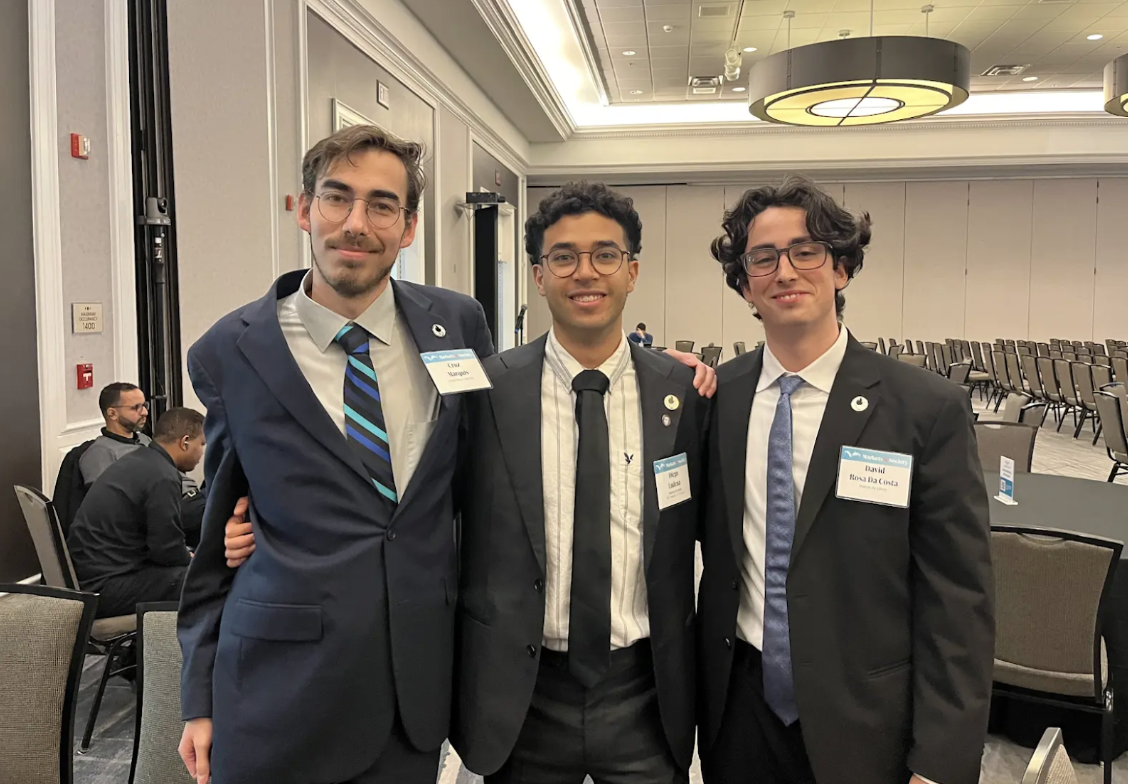By Nikki Burgess
Since the first implementation of mandatory minimum sentencing, tens of thousands of citizens have been stripped of their freedom for decades at a time.
Though most regard incarcerated peoples as little more than statistics in a government database, the human cost is very real. Each individual who loses 5, 10, 20 or more years of their life for a crime which, in many instances, is non-violent, falsely alleged, or a first time offense, represents a horrific perversion of justice.
Let’s look at some examples of victims of mandatory minimums:
- Algernon Lundy, who maintains his innocence, was given a mandatory sentence of life in prison on crack conspiracy charges. He possessed no criminal record, there were no drugs or cash at his business that was supposedly a cover operation, and no drug source or customers were ever identified. One co-defendant testified against him in exchange for a shorter sentence of 20 years, while the other remains at large.
- Brenda Valencia received a 10 year minimum sentence for driving her aunt to a house where, unknown to Valencia, her aunt sold seven kilos of cocaine. A cocaine dealer testified against her in order to avoid the mandatory minimum sentence.
- After saving over 100 lives, a firefighter named Ciglar served 10 years for marijuana cultivation. Not only was this traumatic for Ciglar’s children, who did not understand why their dad was taken away for so long, but authorities seized his family’s home, creating great financial strain on Ciglar’s wife.
In comparison to the thousands of years served by the 2.5 million Americans currently behind bars, 10 years seems little more than a drop in the barrel. However, to the individual removed from one’s family, who loses their freedom to enjoy life’s finer pleasures, who gains a permanent criminal record affecting future employment opportunities, and suffers likely assault in jail and internal shame, 10 years becomes a lifetime.
Mandatory minimums take power away from judges
Theoretically, mandatory minimums were enacted to target and deter high-level drug traffickers and eliminate perceived disparities in the prior sentencing system; however only 11% of those federally incarcerated on drug charges can be called “high-level” criminals.
Moreover, mandatory minimums denigrate justice by reducing judicial discretion, being applied inconsistently, failing to deter crime, and resulting in disproportionate or excessively severe punishments.
Mandatory minimums shift sentencing authority from judges to prosecutors. Prosecutors in these cases decide if the offender is charged in a way to trigger a mandatory minimum sentence, if the case goes to federal or state court, and if the defendant has provided enough information or “substantial assistance” to warrant a reduced sentence.
However, in most criminal cases, sentencing authority lies with the judge, who must pick within a specified guideline, for example “18-24 months.” The benefit of this is that judges may consider mitigating factors, such as seriousness of the offense, offender culpability, and level of harm inflicted, which may warrant a less harsh sentence.
It makes no sense to handle drug crimes this way
In contrast, the triggering mechanism for mandatory minimum sentences, at least in drug cases, focuses almost exclusively on the quantity of the drug, regardless of other relevant factors.
For example, a low-level drug courier must be given the same sentence as a cartel kingpin, despite the obviously different roles each plays in the illegal drug trade. Plus, different districts enforce mandatory minimum statutes with varying degrees of rigor. This means similar offenders receive sentences differing by years or decades simply because of where they live. This violates the notion of proportionality on face value.
Furthermore, there exist only limited means of reducing or challenging a mandatory minimum sentence. The primary method is collaboration with prosecutors by testifying against other defendants.
Mandatory minimum sentences pervert good judicial incentives
Obviously, this system simply incentivizes offenders to lie in order to avoid longer sentences. A “safety valve” does exist for non-violent offenders with minimal criminal history, allowing certain individuals to qualify for commuted sentences.
However, the United States Sentencing Commission has recommended expanding this safety valve to include individuals with more extensive criminal histories, noting that a single criminal history point automatically doubles mandatory sentence length. The safety valve thus acts as a crucial method for low-level offenders to gain recourse.
Additionally, only three percent of federal cases ever go to trial; most end in plea bargaining to avoid a “trial tax.” In other words, defendants are dissuaded from exercising their constitutionally guaranteed trial rights due to fear that, if they lose, they will receive the longer sentence. Mandatory minimums clearly exacerbate this fear, thus ensuring that fewer people will challenge the government’s allegations against them in court.
Finally, mandatory minimums offer few, if any, deterrence benefits. Drugs are cheaper, purer, and more easily obtainable than ever before. Prior to the Fair Sentencing Act of 2010, individuals trafficking or possessing five grams of crack, enough for as few as 10 doses, were given mandatory minimum sentences of five years. This was the same penalty for 500 or more grams of cocaine, enough for thousands of doses.
Even more shockingly, possessing any other drug, including heroin and meth, is a misdemeanor punishable by a maximum sentence of one year. Because almost all crack-related violence occurs during the distribution process, rather than under the influence of crack, this policy harmed drug addicts and non-violent citizens, but did not significantly deter cartel activity.
Moreover, comparison of recidivism rates between crack offenders who served their full sentence, and crack offenders who received sentence reductions averaging 26 months revealed that longer prison sentences achieve no statistically significant deterrent effect.
Mandatory minimums simply have proven neither proportional nor effective. They cannot be considered just nor necessary in the modern age.
To read more about the Drug War, be sure to check out our cluster page by clicking on the button below.
This piece solely expresses the opinion of the author and not necessarily the organization as a whole. Students For Liberty is committed to facilitating a broad dialogue for liberty, representing a variety of opinions.









